Sheila and Grant McCarthy first started giving to YESS in 1999. With their commitment to supporting youth in our community, they wanted to ensure that their legacy of giving could continue on for many years to come through a family endowment fund. Hear from Sheila about why giving back to the community was so important for her family and how they chose to share those gifts.
I am a recent widow with a fairly large family including 4 children, 9 grandchildren, and 4 great grandchildren. My husband had a successful manufacturing business and I was the accountant. We were both fortunate to have supportive families that allowed us to follow our chosen careers.
My husband, Grant, and I started giving to charities many years ago because we thought it was time to start giving back to the community. We felt very strongly about helping the less fortunate. We were especially interested in the homeless, which included the homeless youth.
We know that the teen and early 20 years are very difficult for many young people. Many of them have experienced trauma in their lives and can no longer live at home. We have seen first-hand the problems of alcohol and drugs and the havoc it can cause in families. We started giving to YESS because YESS provided a safe place for youth to stay and food to eat while they figured out what they will do next with their lives. When we visited YESS in 2015, we were very impressed with the workers who were so genuinely interested in providing support and guidance for these young people whether it was in continuing education, job support, health issues, or building positive relationships.
We set up a family fund with the Edmonton Community Foundation so that there would be continued support for our chosen charities after we have passed away. We hope that our family will also contribute to this fund in the future.
I hope that all the young people living on the street know that YESS is an option for them.
Endowment Funds: Longevity and Effectiveness
When you commit to an endowment fund, you give the gift of a lifetime and positively affect the lives of thousands of youth. Your gift to the fund is held in perpetuity, with the principal invested. A portion of the income generated is used to support YESS’s vital programs, with the remainder adding to principal growth. As a result, your gift continues to give, year after year.
You may designate your endowment fund gift to the mission of the agency, ensuring that the funding it provides will be applied where the need is greatest, or you may specify the program you wish to see benefit from your generosity. Either way, you can make your commitment confident that the value of your gift will be maximized over time by a respected investment management group, guided by the policies and procedures of Youth Empowerment and Support Services.
YESS is working to end youth homelessness by focusing on prevention and diversion out of homelessness. We are extremely grateful to all those individuals and groups who have established endowment funds in support of YESS. Thank you for helping us to thrive and grow in our commitment to serving the youth. Thank you for being that person who changed a life—many times over!
With the support and forethought of people like Sheila and Grant McCarthy, YESS is able to walk beside traumatized youth as they heal through relationships. Your gift can make a huge difference in the lives of vulnerable people and our community, today and long into the future.
To find out more about maximizing your philanthropy and for more detailed information on establishing an endowment fund, we invite you to contact our Senior Development Officer, Eileen Papulkas, at 780.468.7070 x 298 or eileen.papulkas@yess.org

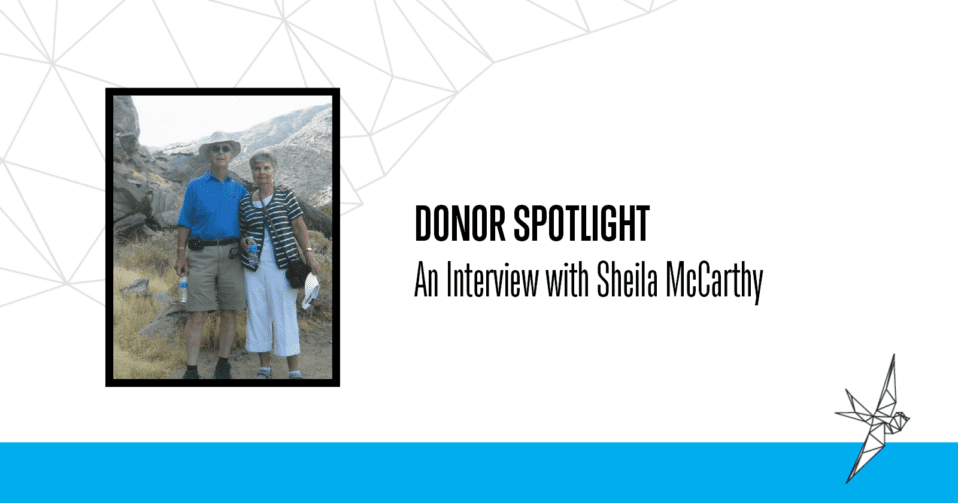
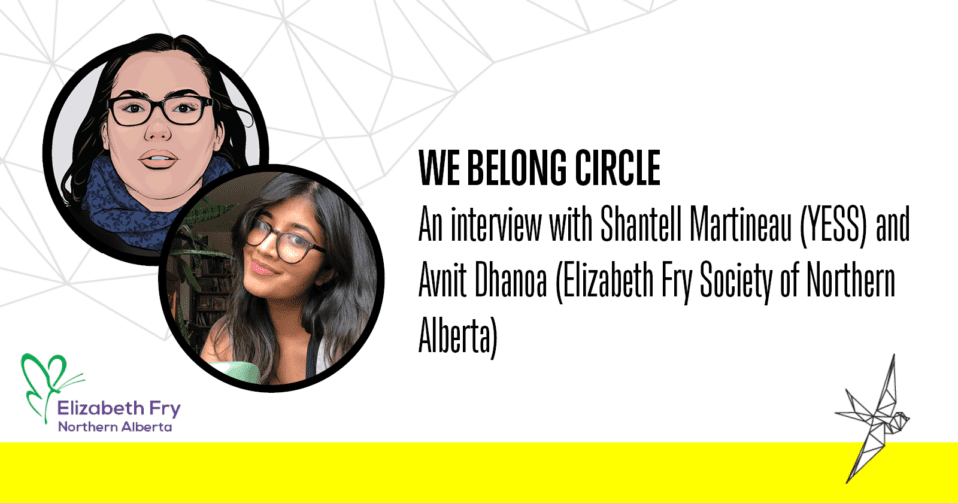
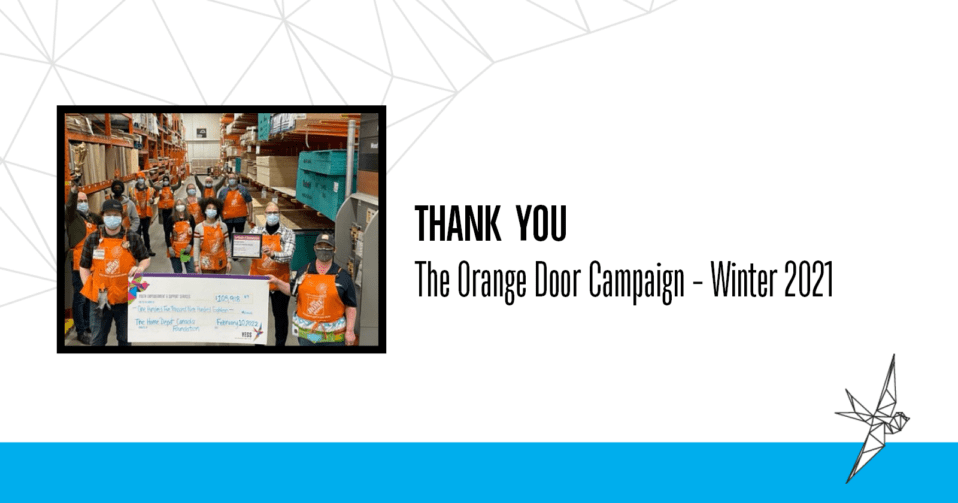
 Home Depot Clareview
Home Depot Clareview Home Depot Sherwood Park
Home Depot Sherwood Park Home Depot Skyview
Home Depot Skyview Home Depot South Common
Home Depot South Common Home Depot Strathcona
Home Depot Strathcona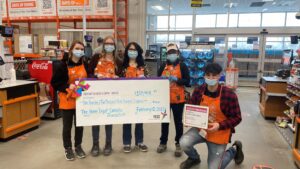 Home Depot Westend
Home Depot Westend


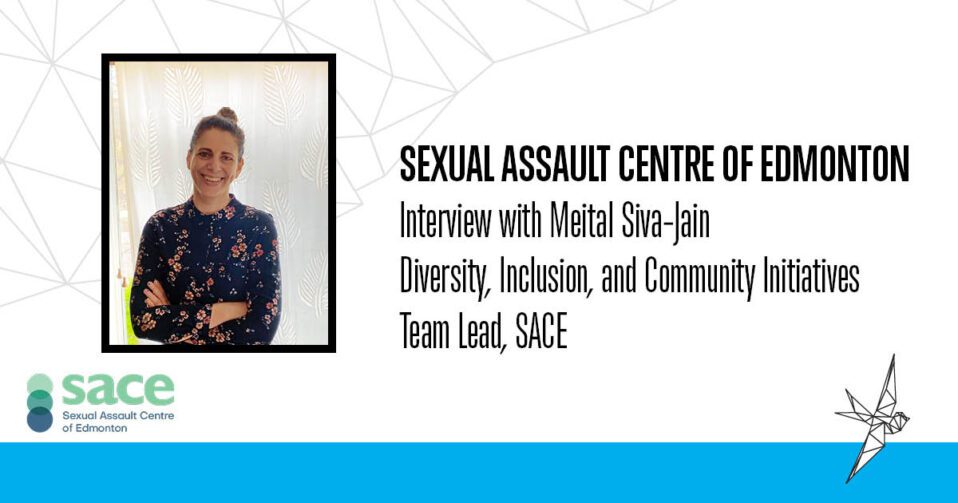
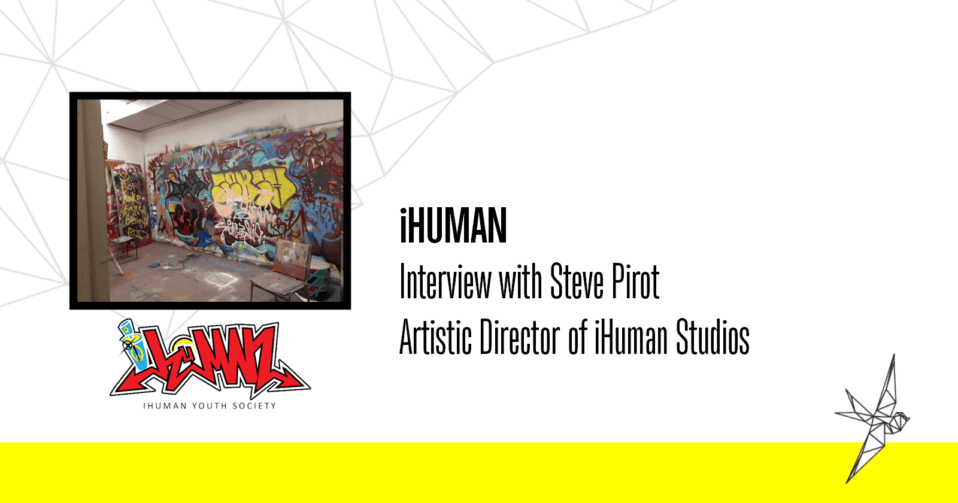
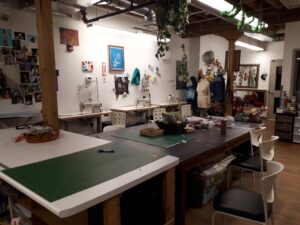 Tell us a bit about yourself and your work with iHuman.
Tell us a bit about yourself and your work with iHuman. Why is art/creativity an important experience for youth to cultivate and have access to?
Why is art/creativity an important experience for youth to cultivate and have access to?